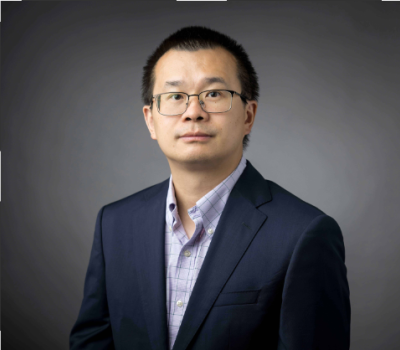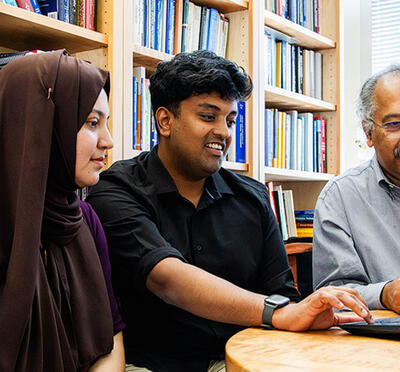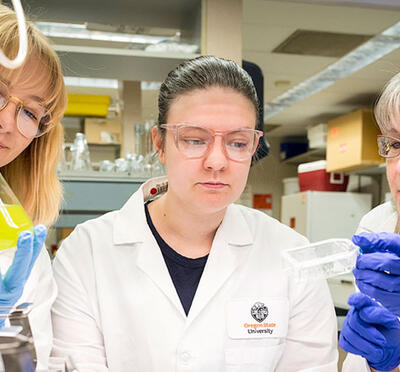When Oregon State University’s Dong Lin was named a Fellow of the American Society of Mechanical Engineers earlier this year, it marked an important milestone in a career defined by innovation and persistence. “I didn’t expect to achieve this so early,” said Lin, associate professor of mechanical engineering. “I’m honored to join the small group of engineers at Oregon State to be named fellows.”
Dong Lin’s research
Lin’s research centers on advanced manufacturing and 3D printing, especially techniques for fabricating ultralight materials known as aerogels. His lab has developed new additive-manufacturing methods, such as 3D Freeze Printing, capable of printing aerogels with precisely controlled porosity and structure. These materials — some of the lightest solids ever produced, including one weighing in at (0.5 mg/cm³) — earned his team a Guinness World Record for “lightest 3D-printed material.”
“Our process allows us to print different kinds of aerogels,” Lin said. “For example, we’ve made silicon nitride aerogels that can withstand high temperatures but remain transparent to electromagnetic waves—ideal for hypersonic vehicles and missile applications.” His team is also developing aerogels for batteries, acoustic structures for noise reduction, and porous scaffolds for bone repair.
Lin’s work extends beyond aerogels. He has helped pioneer laser-manufactured metal-matrix composites with superior fatigue resistance. Among patents awarded to Lin throughout his career, two regarding carbon-fiber composite fabrication have been licensed to industry, reflecting his commitment to bridging academic discovery and real-world impact.
associate professor of mechanical engineering
Blue Primary, Yellow Secondary
A hub for advanced manufacturing research
Currently, Lin’s group is pushing forward a new frontier in laser-beam shaping, a technique that uses programmable laser profiles to improve the quality and efficiency of metal 3D printing.
“Most systems use a Gaussian beam, which has limitations,” he said. “By shaping the beam, we can enhance energy absorption, decrease spattering, increase the printing speed, and improve print quality, even for challenging materials like refractory metal.”
Looking ahead, Lin, who was also awarded the Chao and Trigger Young Manufacturing Engineer Award in 2022, hopes to continue building Oregon State’s reputation as a hub for advanced manufacturing research.
“Our manufacturing faculty wants to be one of the best advanced manufacturing programs in the United States,” he said. “That means working together — with colleagues, students, and industry — to move the field forward.”




